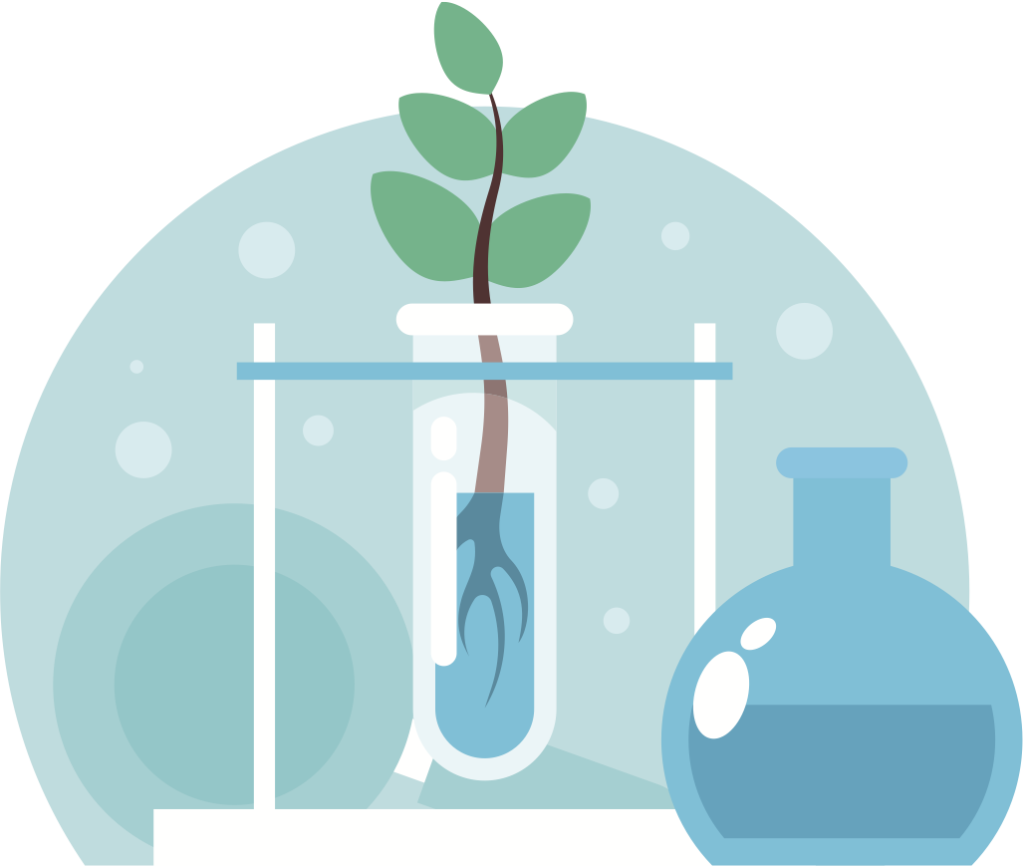No technical details in today’s article. Just philosophy…
I think most people with T1D are familiar with the concept of every day being an experiment. But people do interpret this in different ways.
Mad science
Some people think of this along the lines of the Muppets’ interpretation, where Bunsen’s experiments always end up in disaster. With poor Beaker always the one to get hurt.

If we don’t know how things work (and maybe where possible why) it shouldn’t be that surprising when an experiment doesn’t go the way we expected.
The trick might be to start off with something that seems to work, and experiment with simple changes to it. Not try to go straight to demonstrating fire-proof paper (as demonstrated by Beaker).
Mind you, Beaker’s example is a whimsical way to laugh at some of our struggles with the mysteries of diabetes. And I think laughter is healthy.
Philosophy
Another way of thinking of experiments is to look back at a quote from the 19th-century philosopher and writer Ralph Waldo Emerson: “All life is an experiment. The more experiments you make the better.”
That makes a lot more sense to me. Yes we’re always learning. Another statement you may have heard is “The day you stop learning is the day you die.” Or in the original which is I think from Leo Buscaglia: “The minute we stop learning, we begin death, the process of dying.”
That may sound a bit “airy-fairy”, but:
- Not every experiment is going to work. But if we’re careful we can safely learn even from the “failures”.
- Not every experiment is an intense exercise. Sometimes it’s just seeing how our diabetes reacts to everyday situations.
- We learn how effective today’s bolus is, so we can do it better and with less thought/effort tomorrow.
- We remember how things like exercise interact with insulin, so that we can try to avoid yesterday’s hypo in tomorrow’s walk.
- etc.
We’ll never eliminate all the variables: welcome to the human condition. But the more we can control the significant ones, the easier and longer life may be.
Record keeping
As the Mythbusters said: “Remember kids, the only difference between screwing around and science is writing it down.” It’s essential to be able to see what happened, and not just keep guessing based on our previous assumptions.
In fact often it ends up being the variables we didn’t initially think about that make significant differences. If we have some record of what the values were, we can review the data and hopefully realise their significance.
Luckily with today’s digital technology, we don’t have to keep written notes about everything. A lot of the recording is automatic. That saves us a lot of tedium.
I remember the days of having to make written notes of BG readings. It was so much of a hassle it usually didn’t happen.
But it is important to occasionally review the data to see patterns. Many people skip this step, and end up just repeating yesterday’s struggles.
Nightscout provides a useful platform for some of this. We can scroll back over the last 2 days and see details, and we can easily overlay multiple days and see patterns and associations between insulin, CGM data, fingerprick calibrations, food data, etc, all in temporal context with each other. In fact people keep extending Nightscout to include more data sets: it’s proven to be a fairly flexible platform. Also commercial tools like Tidepool, Clarity, Glooko/Diasend, etc all help collates part of our data.
But sometimes I end up importing the data to simple spreadsheets to do some ad-hoc comparisons.
Days do not have to be filled with “working on experiments”. We’re allowed to also just live our lives. One way of thinking might be that every day is part of an experiment, even if we’re just “gathering baseline data” we can choose to look at later.
There is value in this
One example that springs to mind is the gradual work I did over months using different insulins and observing how well the software’s AID modelling matched my body’s behaviour. I reported some of this in “Insulin timings“. This was a long process, with days of testing at a time between each change.
Along the way I was living my normal life. I didn’t take time out to do this investigation: it just happened in the background. But every few days I would review the data and consider what change to try next. Some of it was akin to an interval search, where I would make a bigger change than I thought might be needed, then depending on the result I might try something in-between (or try a bigger change again).
In the end I settled on timings which I am confident in for 8 different insulins/blends. I now know that I can use any of those insulins in my system, and everything should behave as expected. Even when not announcing food.
Although I can see the practical differences as affected by the timing. Managing exercise is so much easier when the IOB drops away quickly, and I can be more adventurous in food choices with the faster insulins. But even an insulin like NovoRapid can work with fully-closed looping for me even if it’s not as “nice to use” as the faster choices.
Now if I have to change insulin there’ll be no “I wonder whether this will work and how long it will take me to find out”. Even if I only had one week’s insulin of Fiasp or Lyumjev on hand, I’m confident I’d be able to make good use of it before changing to a different type. There’s no new “learning period” involved. And if I encounter a new type of insulin, I have some confidence about what to expect and how to find decent settings for it.
And when I hear from others who have looked at my work and taken on some of the results in their own setup, and they report that it’s working very well for them too: that makes me happy.
Experiments need to be repeatable
I learnt years ago that after making a change and getting what seemed to be significantly better results, I should double-check my assumptions.
For example after I first started using Fiasp (before I did all that timing work) I found I was getting significantly better results than with my previous Humalog. But then after a while I went back to Humalog for a bit, and hey presto: my results were better than they had been last time I was on Humalog. It turns out my Fiasp work had encouraged me to change some of the non-insulin-specific parameters of the software, and those had made a big impact. In fact with my new understanding of the way the insulin profiles work, I’ve been able to make some Humalog-specific tweaks which helped further.
Just moving forward without taking a step back to compare can just feed our assumptions. Unlike in a big clinical trial where everything is usually locked in from Day 1, multiple things can be changing along the way. But even those trials often involve “crossover” testing to see the differences in each direction.
And in my more dynamic process (not a big formal RCT) taking new knowledge back a level doesn’t hurt either.
In fact I think optimising the timing building block for the AID system has been pivotal in improving fully-closed looping with the oref1 algorithm. Foundations based on observations and not just guesses are usually more solid.
Thought for the day
Actually, winding back to that Emerson quote: I think actually prefer my own variation of the statement:
Every day is an experiment. The more experiments you make the better.
Sure, not every experiment takes a day. But the simile is multi-layered.


Nice! I was just thinking this morning as I got up… “yesterday some stuff came up and I made some adjustments… let’s see how those adjustments work today.” Even without a hypothesis to test, every day DOES seem like an experiment of one sort or another. Thanks.